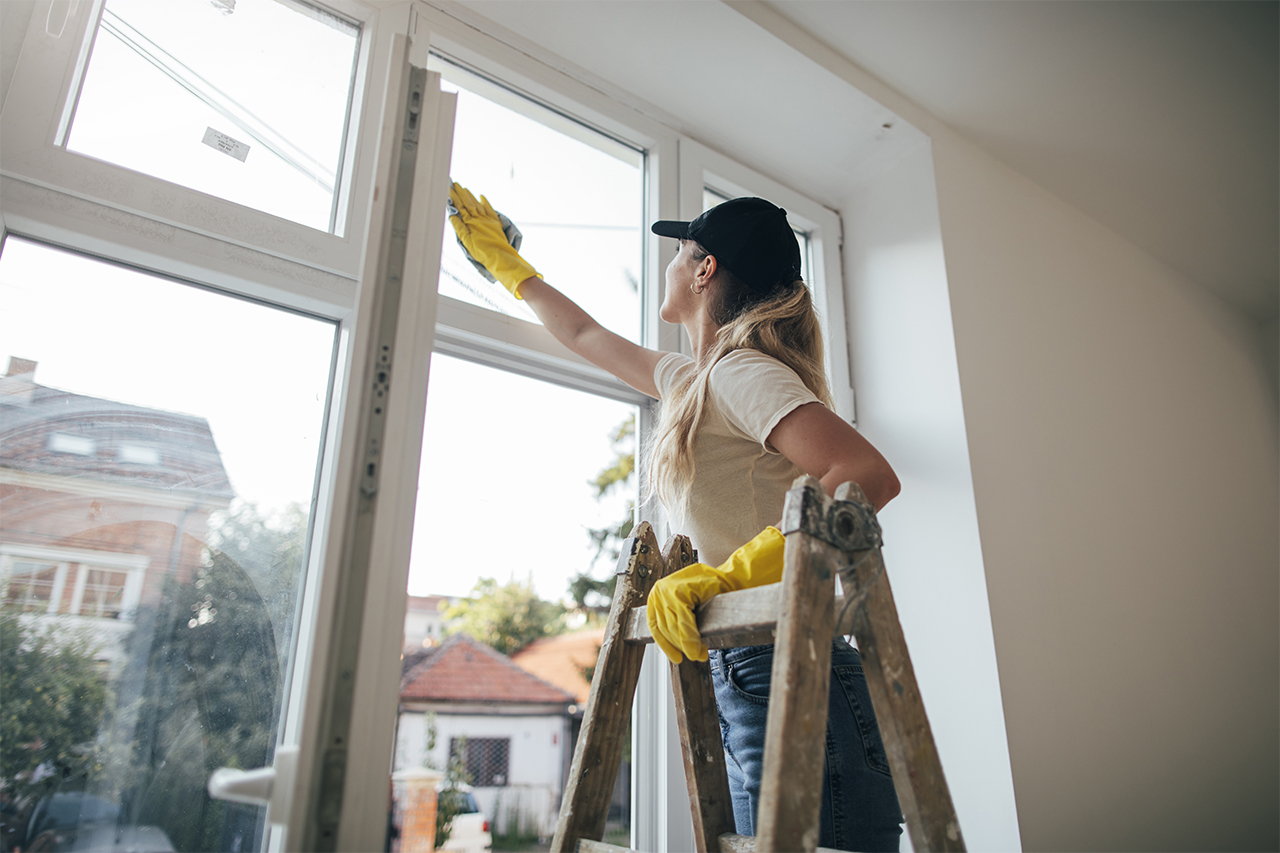Miller's handyman
Miller's handyman
I've been in a handyman for 25 years .I'm a perfectionist any job I do has to be done right. Ever since I was 14 years old I've learned every trade like I could come across. I learned a lot throughout the years I'm not the best in the world but I'm pretty good at what I do
I've been in a handyman for 25 years .I'm a perfectionist any job I do has to be done right. Ever since I was 14 years old I've learned every trade like I could come across. I learned a lot throughout the years I'm not the best in the world but I'm pretty good at what I do












